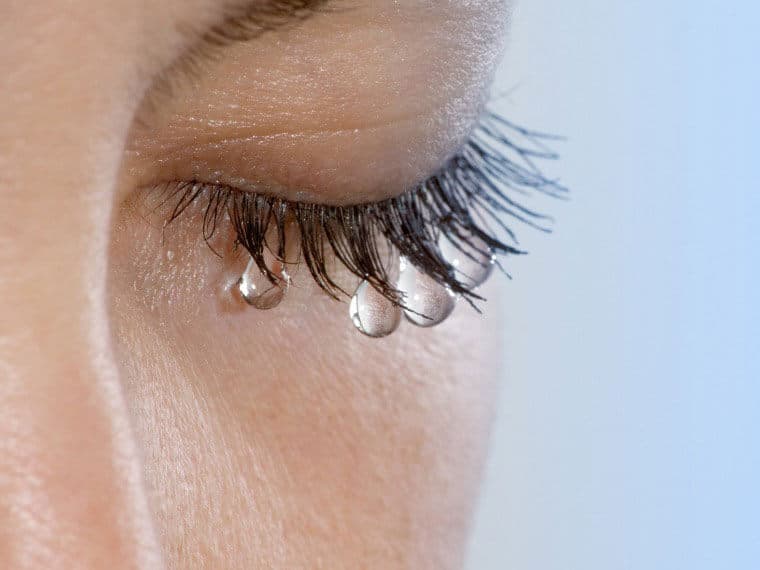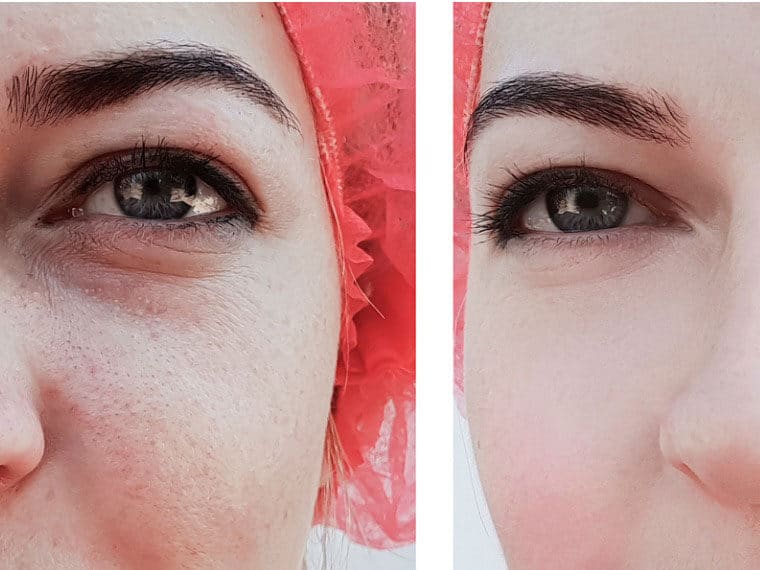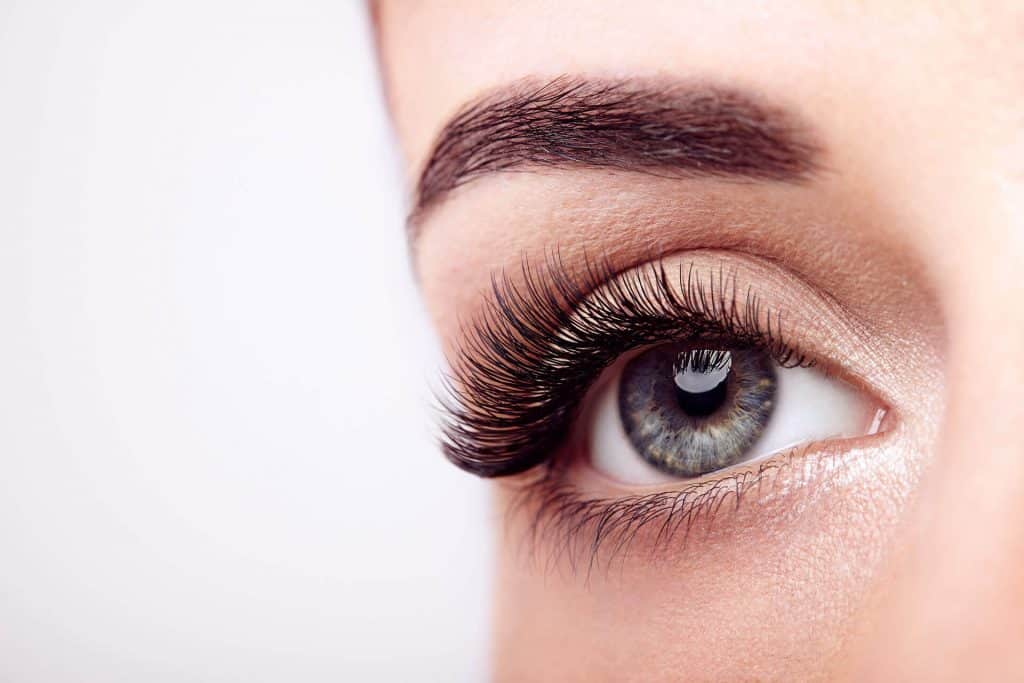Our eyes are kept clean and moist through a system of tear flow and drainage. Sometimes the tiny drainage tubes in our eyes can get blocked or narrowed, creating additional fluid that leaves the eye feeling irritated and looking swollen. If you have watery or irritated eyes, consider getting them checked to determine if you have a blocked tear duct.
Why Do My Tear Ducts Get Blocked?
Babies are often born with blocked tear ducts because sometimes the tissue that goes over the duct doesn’t open at birth. Luckily, this will normally change by the time they are a few months old. The reasons for blocked tear ducts in adults is far more involved. You may have blocked tear ducts due to:
- An injury or broken nose that left scar tissue that interferes with the tear duct.
- An eye or nose infection that creates swelling around the tear duct. One example of this is conjunctivitis (or pinkeye).
- A tumor pressing on the the tear duct drainage area.
- Chemotherapy treatment, which can create tear duct swelling.
- Narrowing of the holes in the corners of the eyes due to age.
How Can I Treat Blocked Tear Ducts?
There are several solutions to healing blocked tear ducts. The first and least invasive route is massage. By rubbing the corners of the eyes, fluid can be released and move the tissue that is covering the tear duct. If a baby’s tear duct doesn’t open within the first year, a doctor can put a tiny probe into the puncta (the holes at the edge of the eye) to get rid of any tissue inhibiting the duct. Another option is surgery to bypass the tear duct and make a different exit route for tears to drain. Balloon catheter dilation and intubation are also methods for relieving blocked tear ducts.











